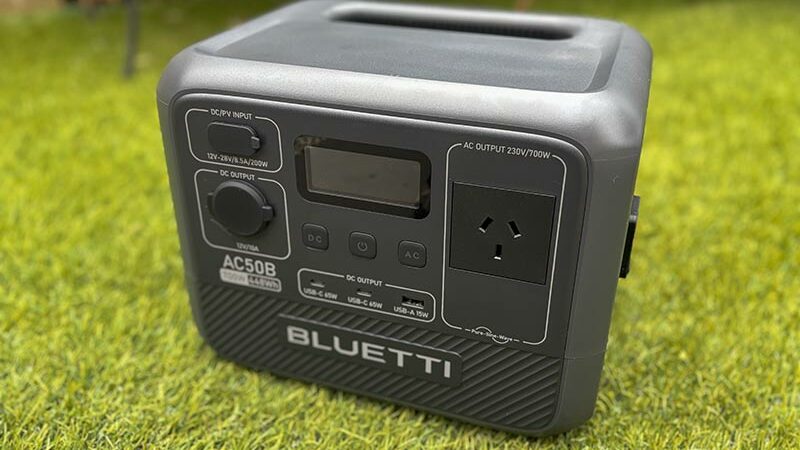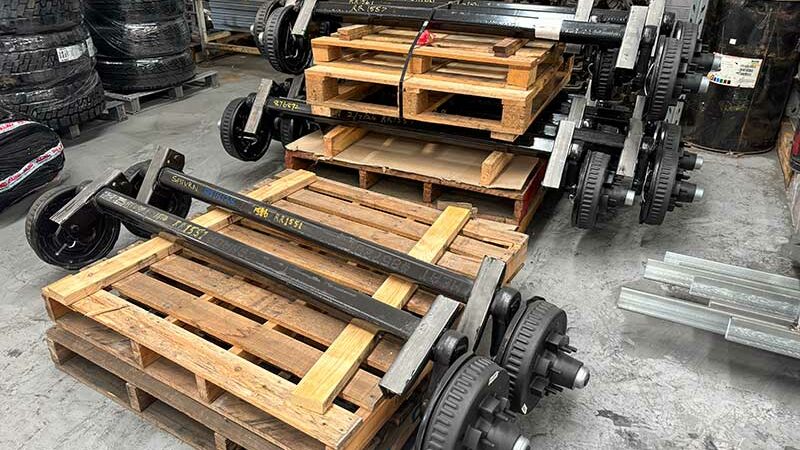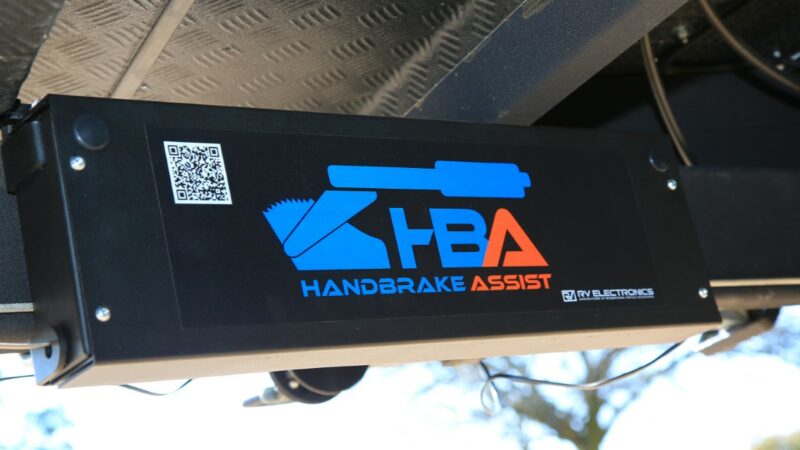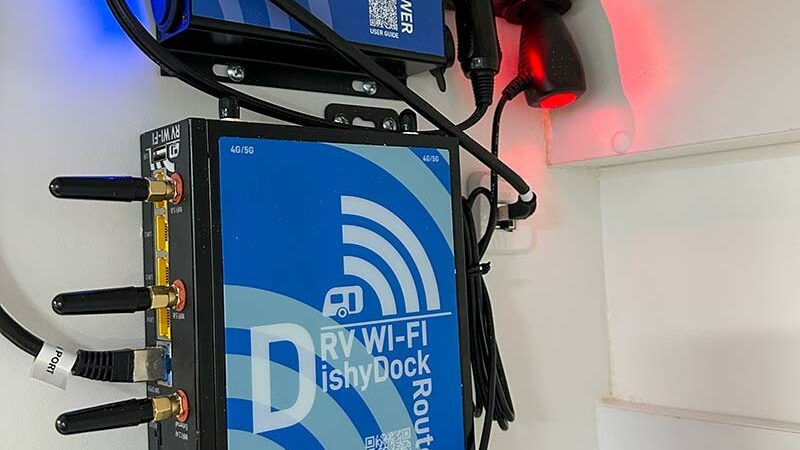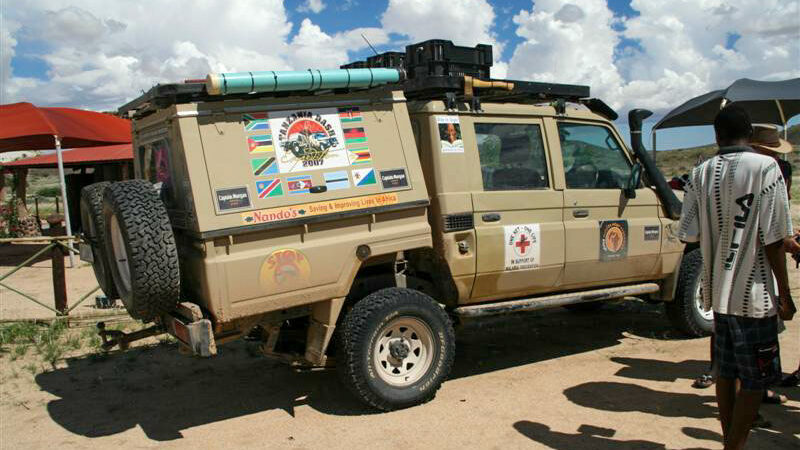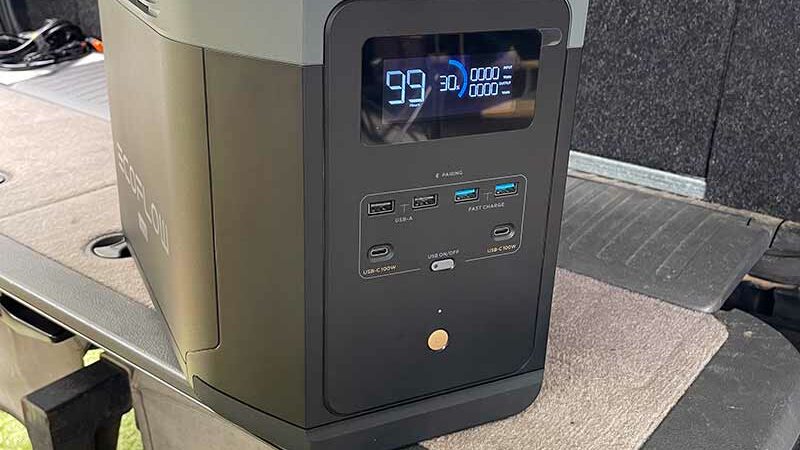Using a Weight Distribution Hitch: The Basics
Weight distribution hitches are expensive. Money isn’t everything, but it’s worth investigating whether you need one for your rig because, in my experience, they can make an enormous improvement to towing stability.
The principle is simple. When lowering a caravan’s coupling onto the towball, you’re adding weight to the rear of the vehicle, which in turn makes the rear suspension sag and lifts the front end, a bit like a see-saw. The result will be a tow vehicle that has reduced braking performance and poorer handling.
In the old days, it was common to see a station wagon with its nose pointing to the sky as it valiantly tried to tow a caravan while staying on the road. But times have changed.
A weight distribution hitch won’t reduce the ball weight of the van; however, it will redistribute much of that weight over all the axles, including the caravan’s axles.
DEMONSTRATION
In order to demonstrate the effectiveness of WDHs, I ducked out to Goldstream RV, where I found a secondhand van with an unladen ball weight of 257kg.
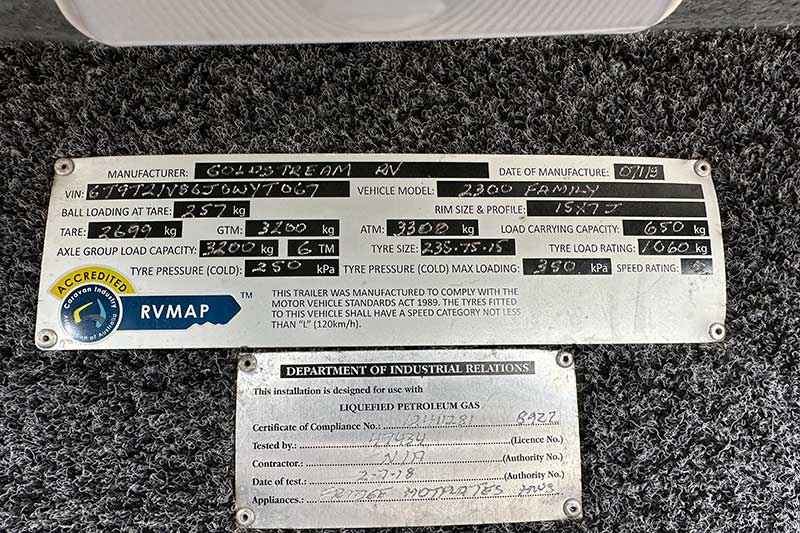
First, on flat, level concrete, I measured from the ground to the rim of the wheel arch, front and rear, to establish a baseline. The rear measured 880mm and the front was 865mm. My goal would be to return the vehicle to within about 10mm of the starting points through the use of a WDH.
Then, I hitched up the van without the use of a WDH, and took the same measurements. The rear had sagged to 845mm – a 35mm difference! – while the front had leveraged skywards by 10mm.
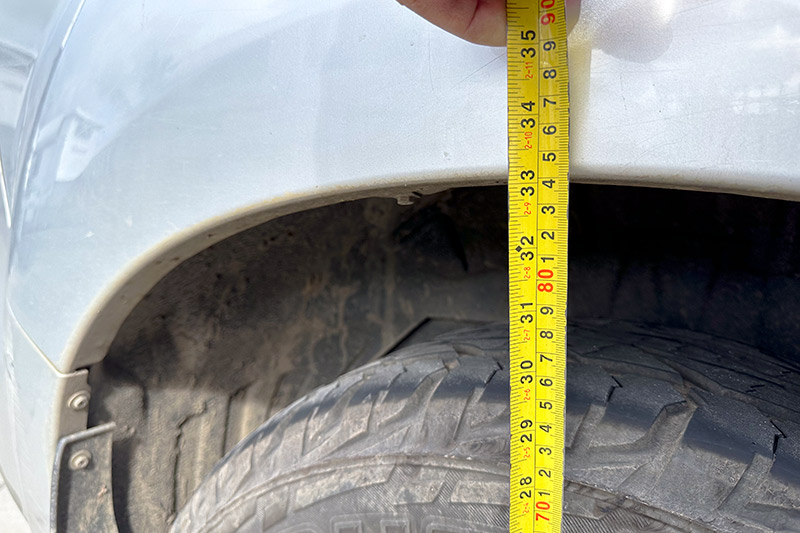
I fitted the WDH and set it to the ninth link in the chain – I always ‘start small’, re-measure, and tighten up the WDH torsion bars as necessary. The ninth link barely made any difference, so I set the torsion bars to the seventh link and measured again.
This time, the front was at 860mm while the rear was at 870mm – much closer to my starting point. In any event, the goal was not to completely counteract or negate the ball weight. I could’ve kept ‘tinkering’ but by this stage, the WDH brackets required a great deal of force to lift and I felt this was as close as I’d get without also unduly compressing the front end. I also measured from the ground to the bottom edge of the the van, both behind the axles and towards the front, and those measurements were almost exactly the same, which further told me that I’d found the optimal setting for my WDH and this tow vehicle/caravan combination.
There is no end to the conjecture on how to properly set a WDH. In my experience, it’s difficult and not always wise to restore the tow vehicle to it’s pre-hitched position. The torsional forces applied through the vehicle’s chassis by a WDH are immense, which is why I personally aim to get the front and rear to within 10mm of the starting point – especially when the rear has sunk so significantly, such as in this case.
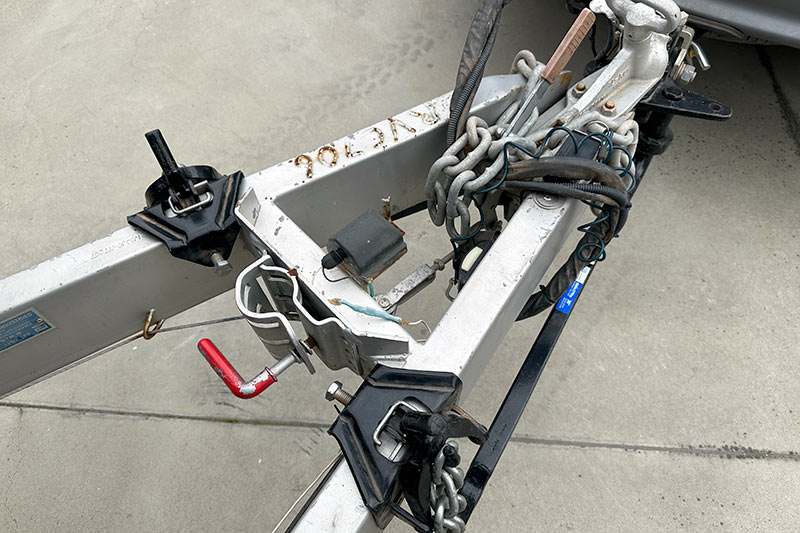
Note, not all vehicle manufacturers allow or recommend the use of WDHs. For example, in the case of my fist-generation MU-X, used in this demonstration, Isuzu doesn’t warrant the use of a WDH; however, just for the purposes of demonstration, I decided to risk it. The point is, before committing to a WDH, be certain that one is allowed for your vehicle.
DOWNSIDES
It’s often said that a WDH will ‘correct’ sway. Not true. However, by redistributing weight across all axles of the caravan/tow vehicle combination, the WDH will play a role in significantly reducing the chances of sway occurring.
The main drawback of any weight distribution hitch comes down to the stresses it places on and through the towbar and chassis. Most vehicles should be able to handle them, especially those whose manufacturer specifically recommends their use, but these stresses are significantly amplified when the vehicle or van articulates. In fact, the simple act of towing a van over a speed bump or a spoon drain will amplify these stresses. This is why WDHs are strictly not to be used in offroad situations.
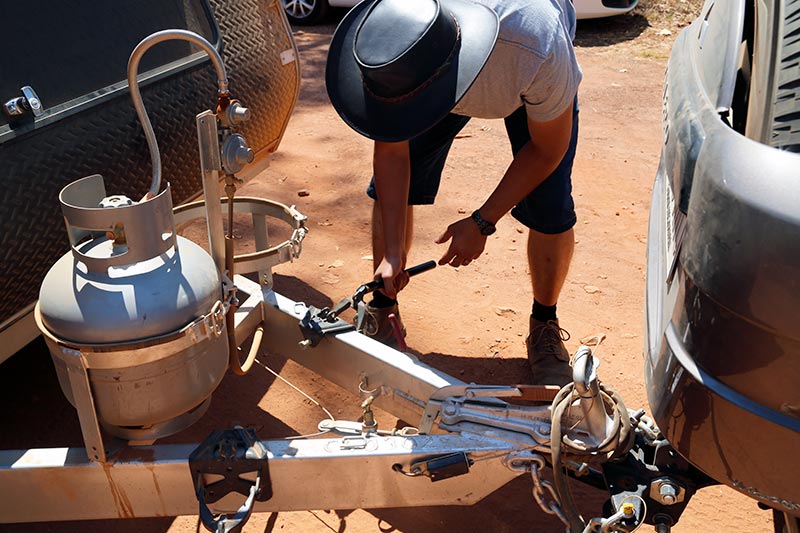
The other thing to consider is weight. Most WDHs involve heavy steel torsion bars and a particularly heavy assembly for the towball to mount to. In fact, these components combined could add up to 25kg to your payload, if not more.
It’s also important to remember that WDHs do not reduce ball weight – they only redistribute weight across all axles. Sure, you could beef up the rear suspension with stiffer springs or variable pressure air-bags; however, while this will result in less suspension compression, it won’t change the fact that the weight imposed by the coupling is see-sawing weight off the front-end.
And no, WDHs do not allow you to exceed your vehicle’s maximum lowball mass. Although the vehicle might appear more level, that ball weight has not magically disappeared.
DO YOU NEED A WEIGHT DISTRIBUTION HITCH?
It’s impossible to answer this question in a general way. Like most things in life, it depends on your individual circumstances. There are plenty of vehicles towing caravans on our roads without a weight distribution hitch in a perfectly safe manner.
If your caravan and tow vehicle sit level, and if it all feels tight and balanced as you drive, and you experience no loss in handling or braking, then a WDH might not be of much benefit.
However, if your vehicle’s nose is pointing upwards and it’s not braking or handling as effectively as it should, then a WDH is worth investigating. At the very least, this should prompt you to reassess how you’ve loaded your vehicle and van.
In terms of setting a weight distribution hitch up, it isn’t rocket science; however, finding the optimum setting can take some fettling. It would be worth seeing a specialist, who will assess all aspects of your situation, from hitch height to the ride angle of the vehicle, as well as provide practical advice on how to safely operate the WDH.
The post Using a Weight Distribution Hitch: The Basics appeared first on GoRV.
Source: https://www.gorv.com.au/using-a-weight-distribution-hitch-the-basics/

